The triple combination is mirrored at Jupiter's canvas, where three butterflies share in the process of creation. The insect under Jupiter's brush nears completion; the one to the right seems to rest on the picture's surface, whilst the uppermost butterfly is the most lively and three-dimensional. Life emerges in successive phases that are intimately linked, like frames from a film or a cartoon. In his "Allegory of Music", Dossi had used similar techniques to subdivide his theme. The history of music, from primal sound to the High Renaissance, was telescoped into a single scenario. A blow of hammer to anvil (the musical equivalent to Jupiter's painting) set creativity in train. The action is merely implied, though its after-effect is visible as a resonance of tiny notes from the anvil. The cause was evidently a rebounding hammer in Tubalcain's hand, poised to strike again. Musical sounds coalesced into a circle or triangle, as notated staves prescribing the formal progressions in time and pitch. Of course, nothing really changes in the static painting.
If the music were heard, we might sense a kind of movement in the flow of melody through time. The Aristotelian "Problemata", printed for the first time in 1498, had puzzled over our response to music:
"Why is sound the only sensation which excites the feelings? Even melody without words has feeling. But this is not the case for colour, or smell, or taste. Is it because they have none of the motion which sound excites in us? Now these motions stimulate action, and this action is the sign of feeling."























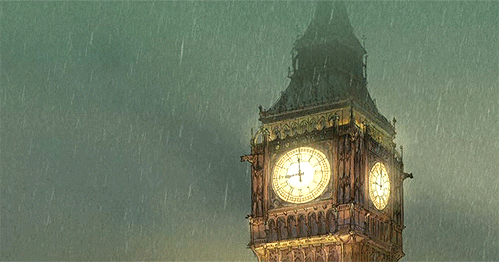






















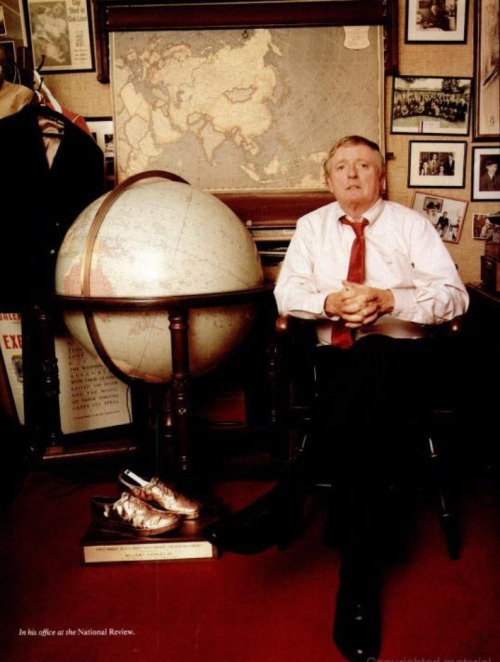
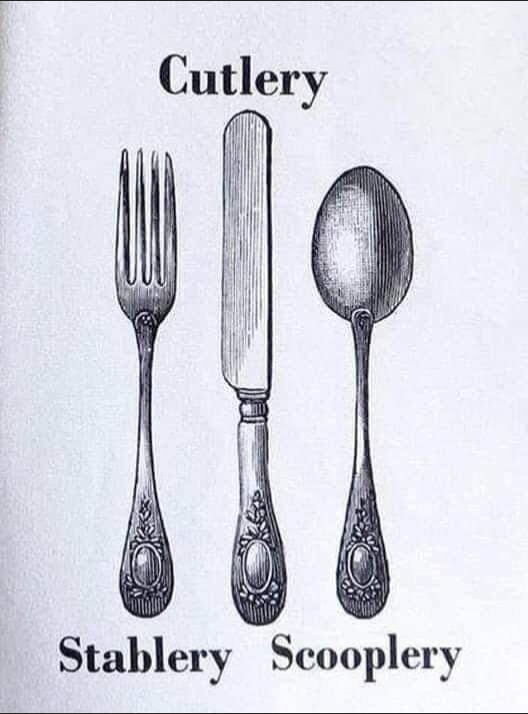
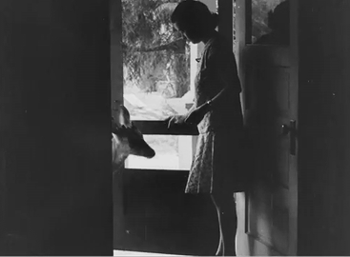














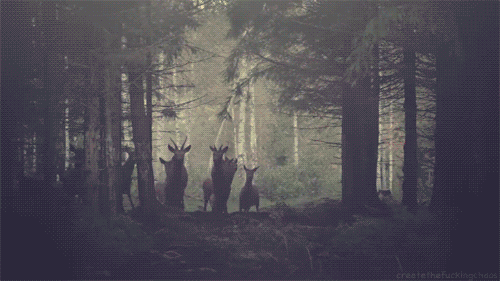
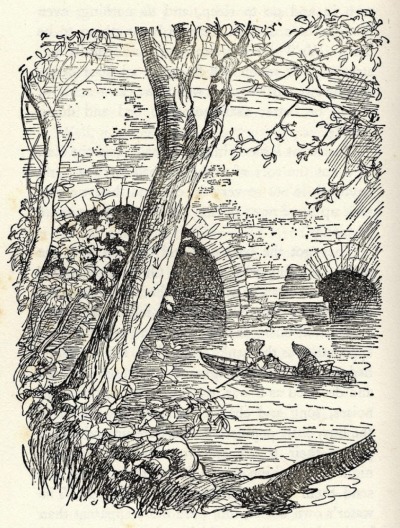
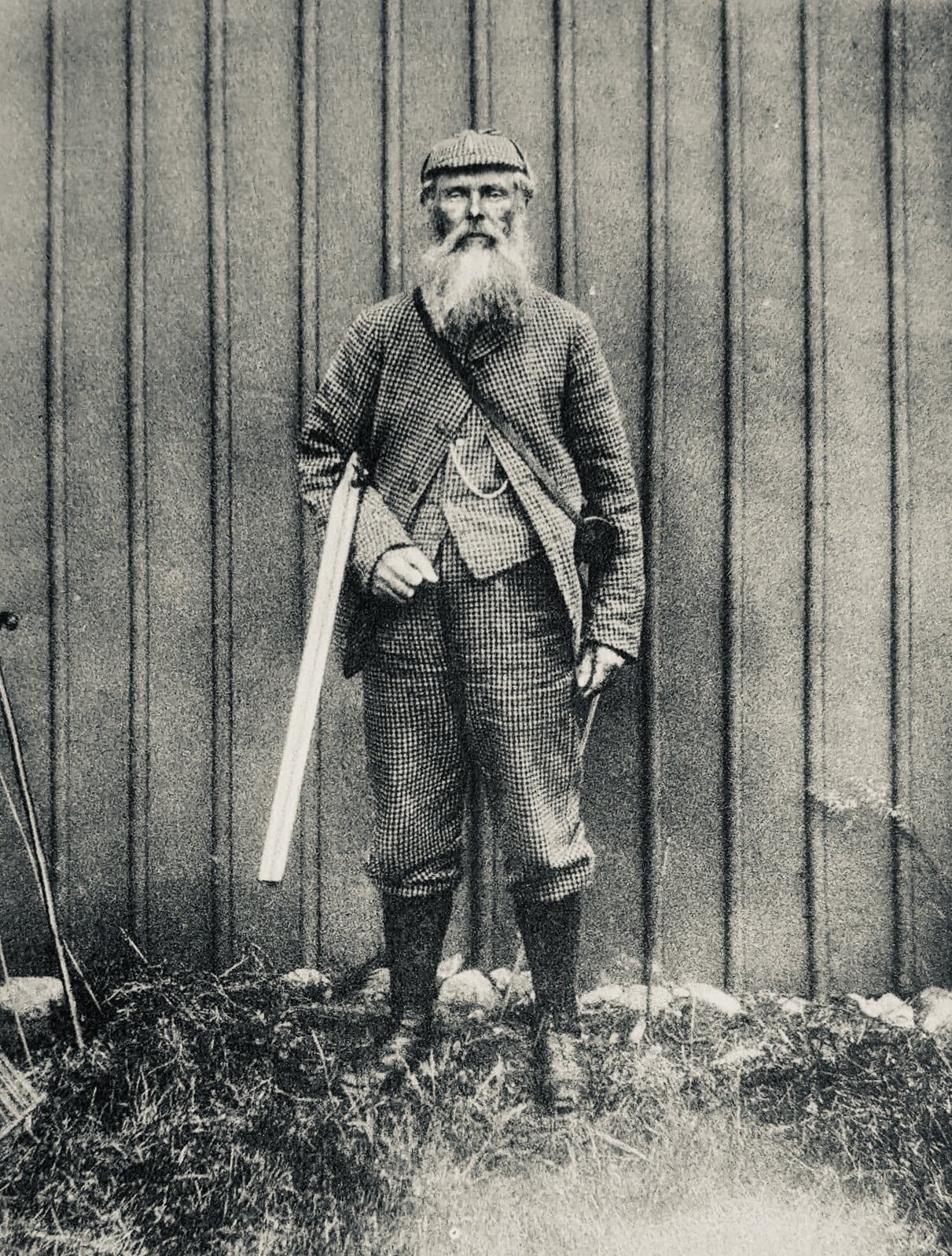

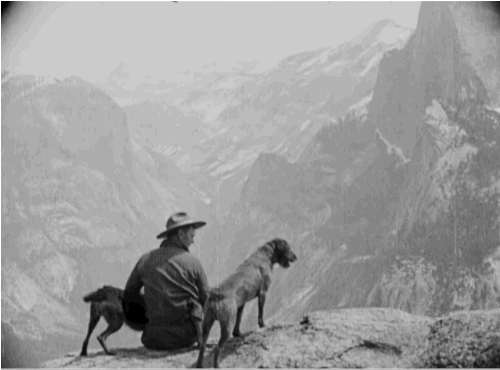


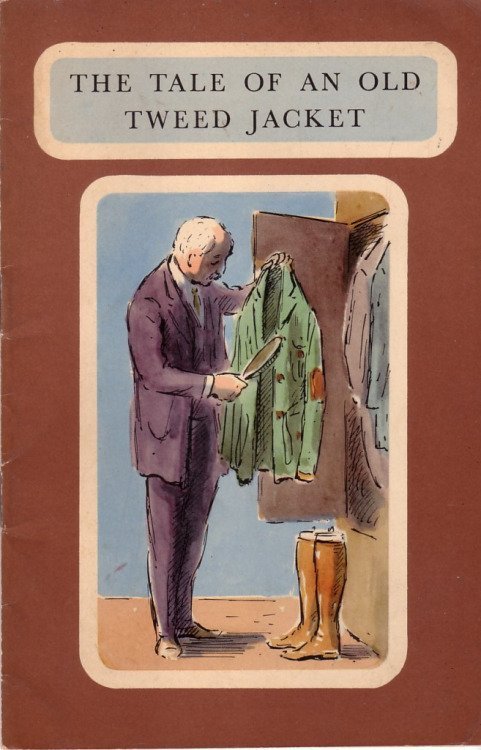










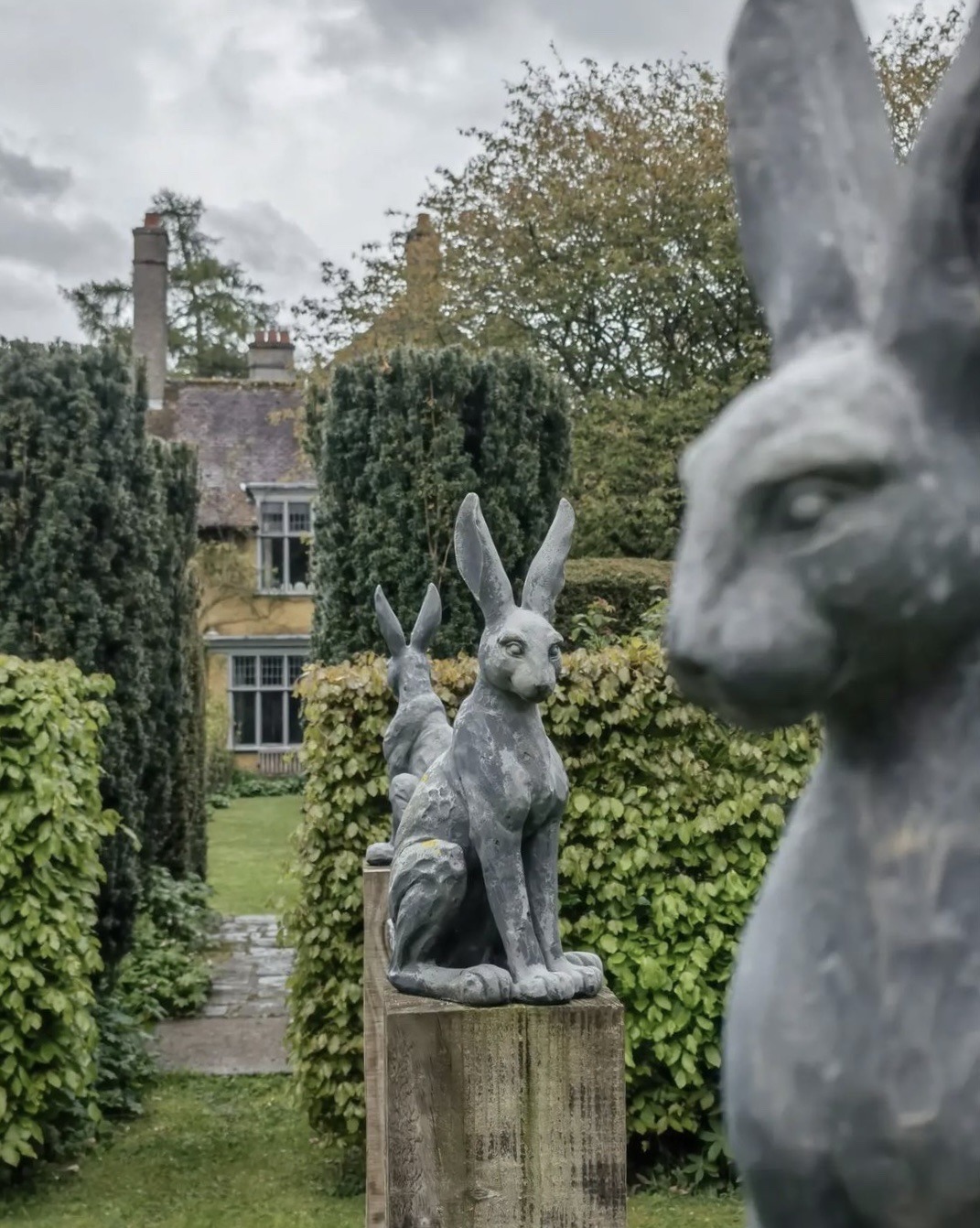
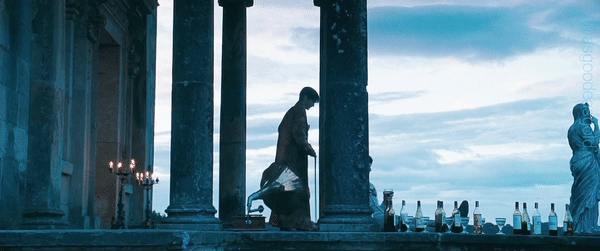
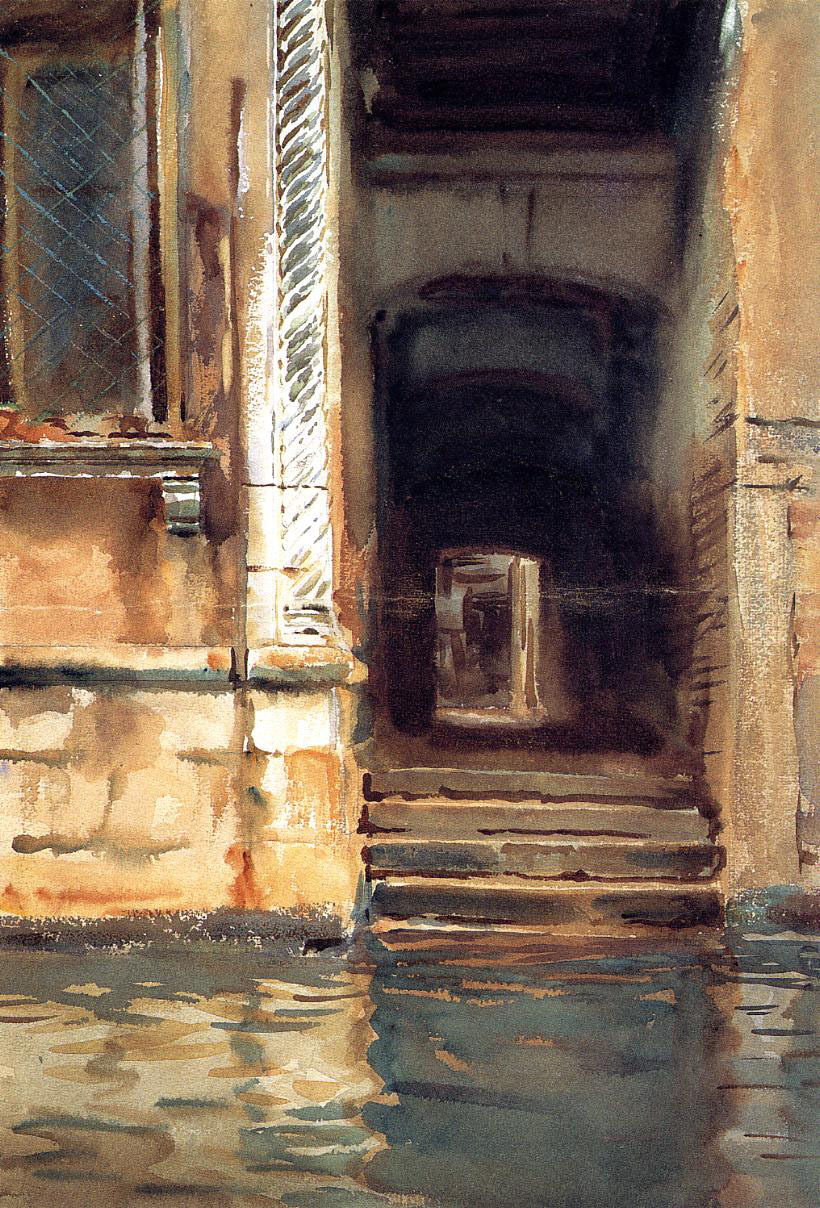

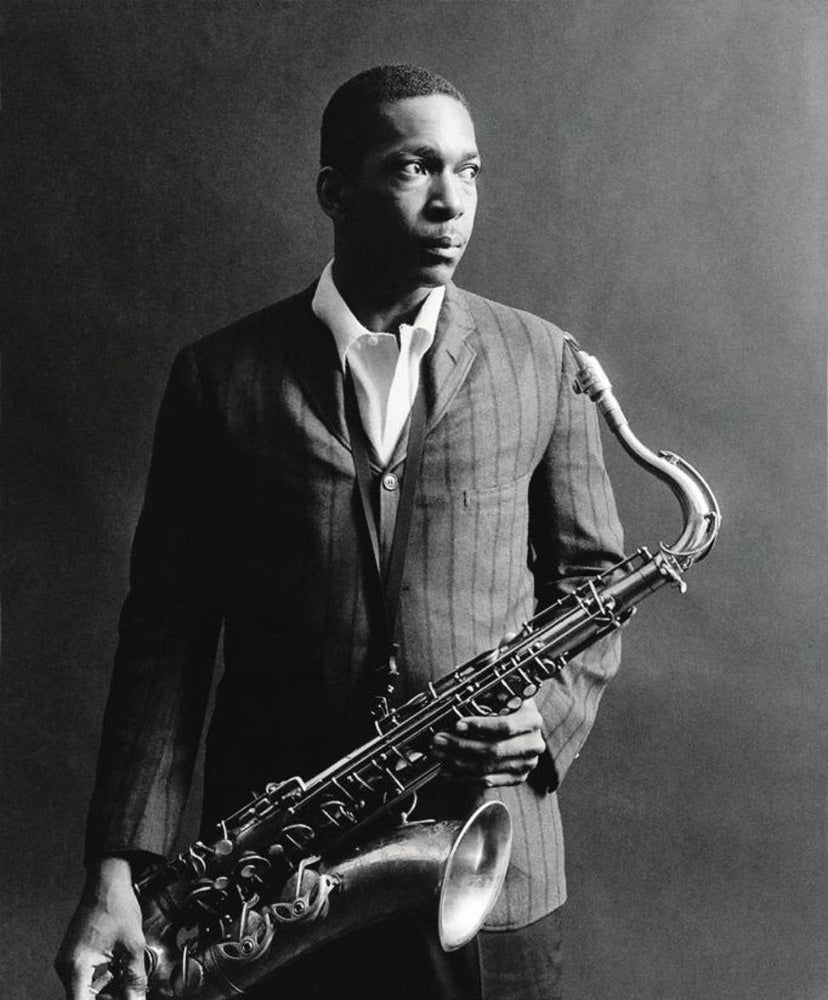







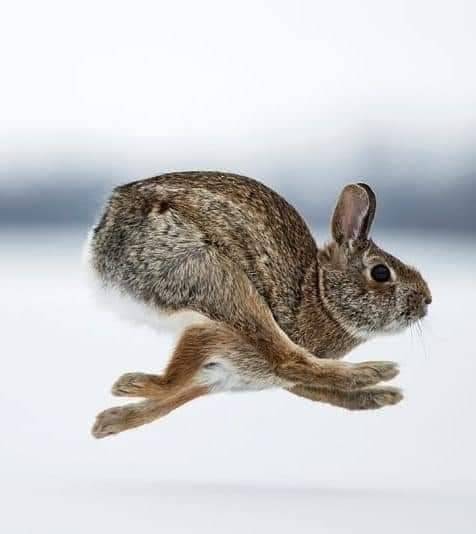
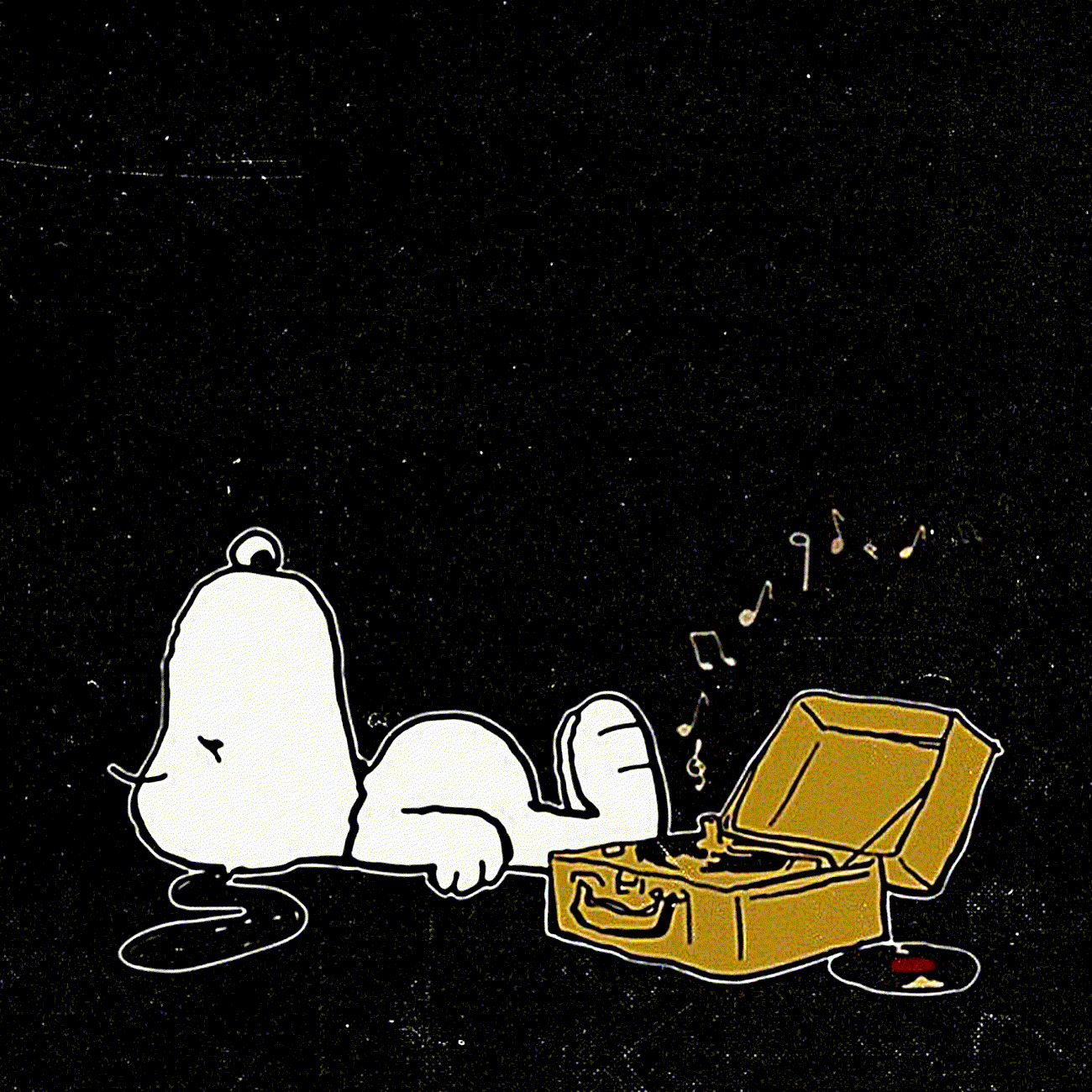
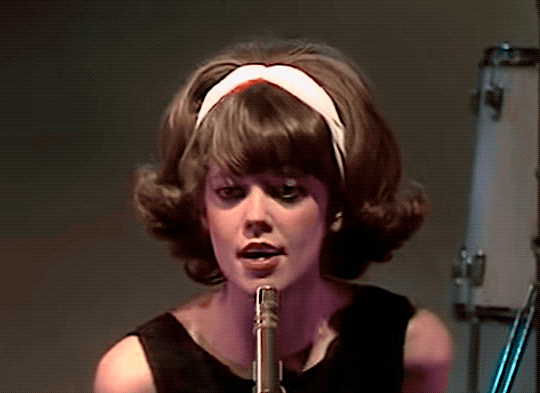
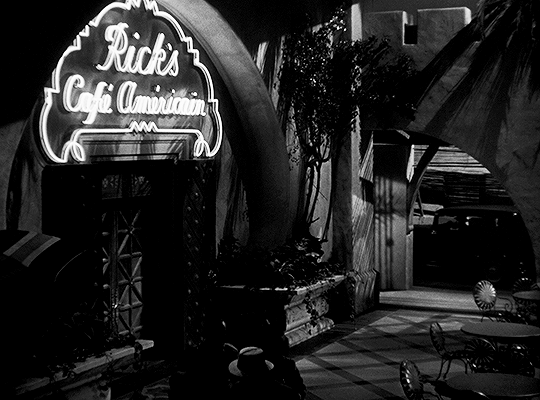





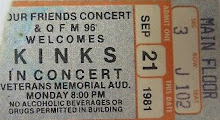















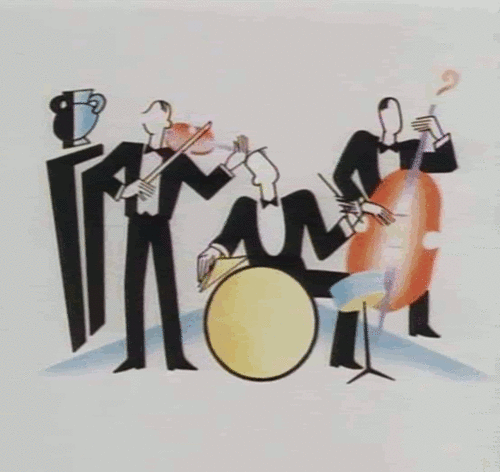









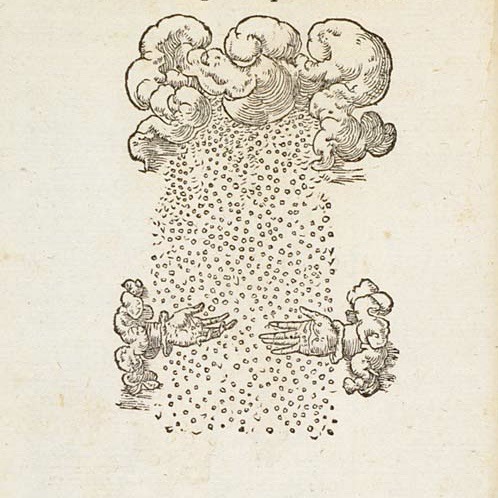


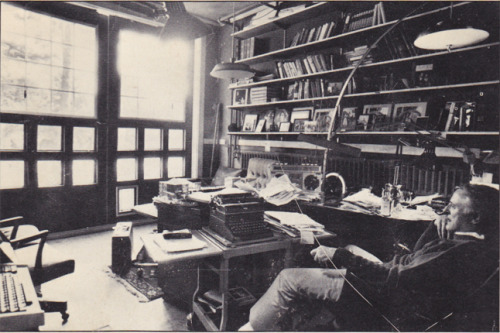













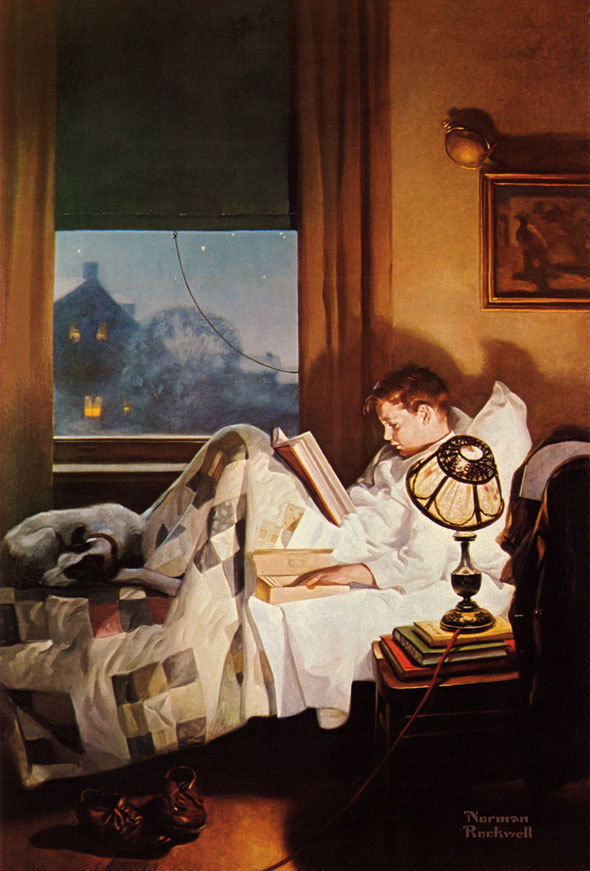
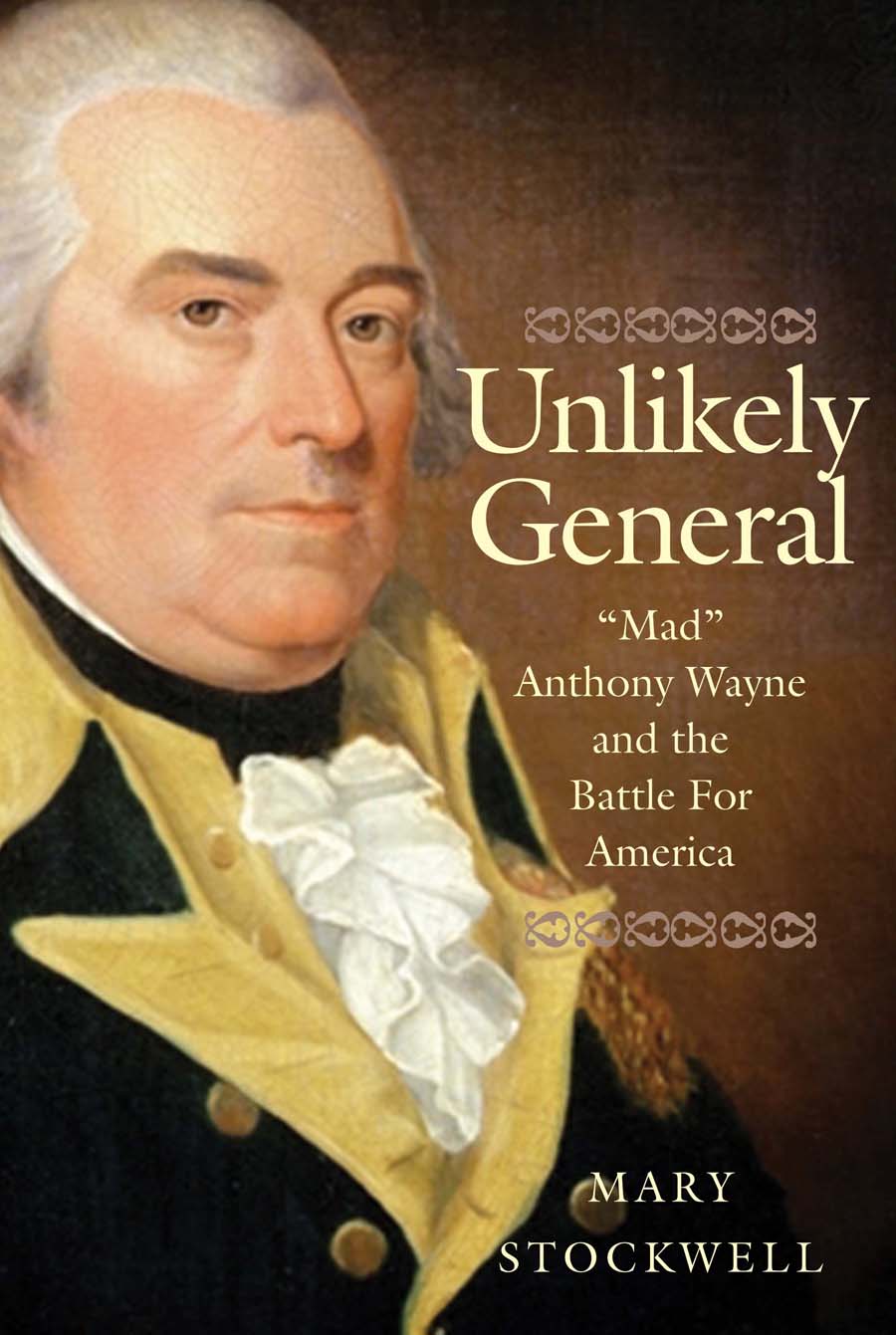





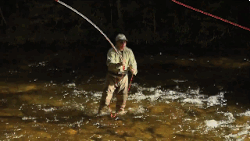


















No comments:
Post a Comment